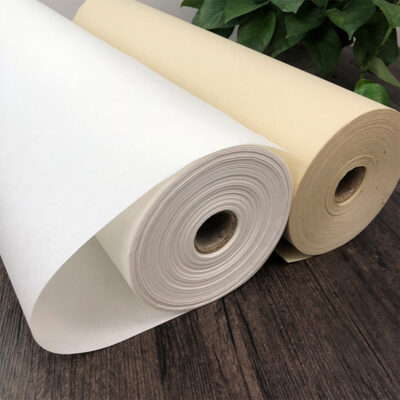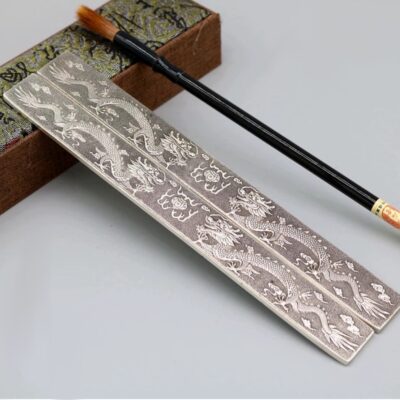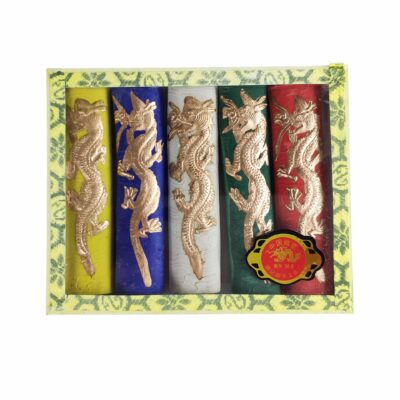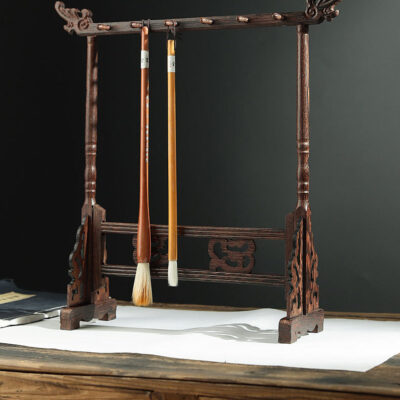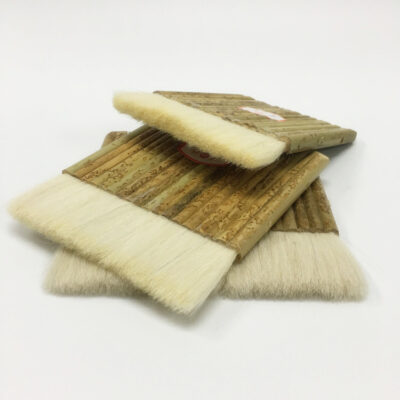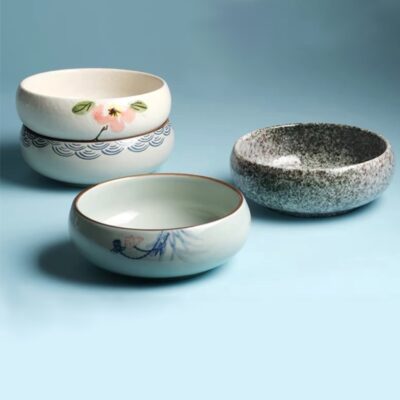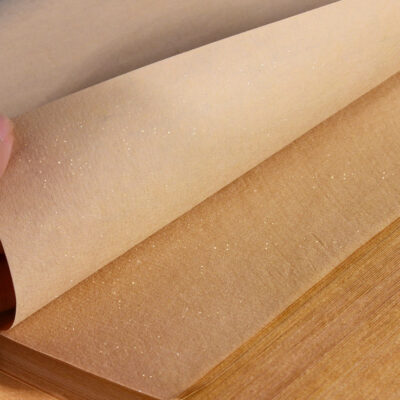Art mounting
Mounting is in itself an art that has lasted for over 1000 years. We have discussed this topic briefly in the past, but in this post let us dive deeper into the complex yet fascinating world of art mounting. There is an old saying which refers to the significance of mounting: a painting weighs 30% of the value, while mounting counts 70%. Even though exaggerated a bit, the message is clear – a good piece of art cannot live without matching mounting. The relationship between the art content and the mounting is more than people and clothes, it is more similar to people and their skin. This mounting skin layer serves to protect the artwork, either by wrapping it closely or enhancing its strength. Thanks to appropriate mounting, many ancient paintings lived to see us today, and it is commonly said that the longevity paper (xuan paper) can survive 1000 years, while silk can live over 800 years. The fact is, with this protective skin, the artworks can go through some restoration and live double triple their lifespan or longer!
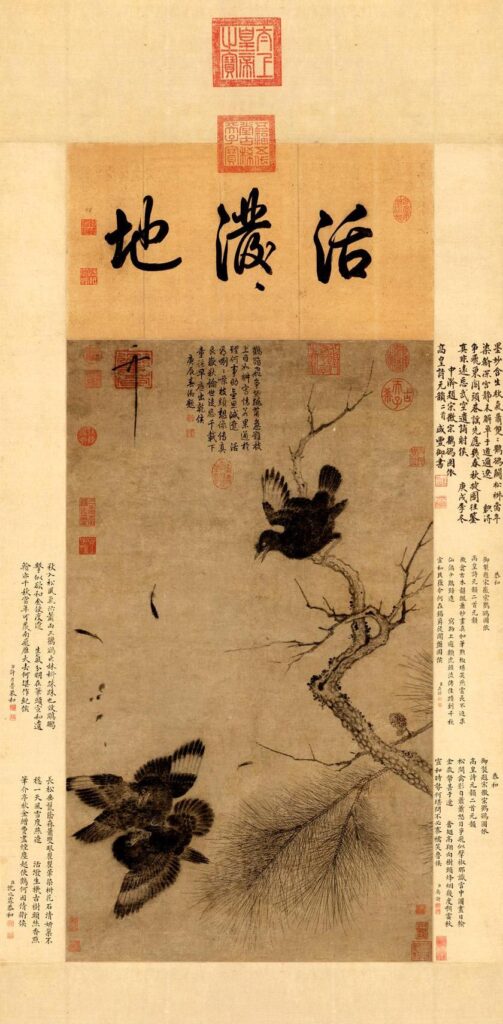
[icegram campaigns=”7414″]
In history many styles of mounting arose, which matured around Tang and Song Dynasties. There are the common scrolls, either horizontal or vertical that can hang on the wall; There are handscrolls that are convenient to transport – it has been said that the famous Song Hui Zong prefers the handscroll to any other means of art mounting styles, simply because he loved taking artworks around. Mounting can also result in book binding, and many ancient beautiful hardcovers provide the best examples of these. Several vertical scrolls could form an ensemble, where either the content is connected or divided from the same piece of artwork. This was a famous style in the Qing Dynasty. A simple way to tell between regular scrolls and these panels would be at the bottom where the regular scrolls have a round piece of wood coming out from each side, but the panels usually do not, this way they could be hung closer to each other. Another common style of mounting is a flat sheet, where the artwork is safely surrounded by layers of silk from all sides. These are the best styles to keep in frames. I personally prefer the frame styles of art display, simply because they are simple and they save our wall space.

Within each of the styles mentioned above the details have changed over time and geographic location. The color choices of the decorative silk and the patterns formed by these layers can easily tell us their distinctive styles. So this layer of skin alone tell beautiful stories!
Nowadays most mounting ateliers could use machines to mount. Therefore a mounting process that requires 20-30 processes and several weeks to a few months could be completed within an hour. The machines use decorative silk and papers that come with a layer of glue. High temperature from the machines could immediately flatten the artworks and apply this layer, and from the outside is looks just as pleasing as the traditional ways.
My sentiments toward the machine mounting is contradictory however, on the one hand this method saves us so much time, but on the other hand I know there are real differences in the final product and the glue is definitely not environmental friendly. The main difference lies in the fact that hand-mounted painting could be restored (we could re-mount when needed), but machine ones could never. Also, the machine mounted pieces are much thinner and much lighter due to the reduced layers of materials.
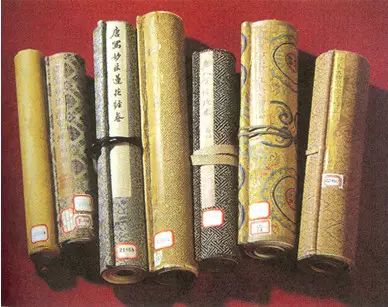
I guess I consider the mounting to be one of the traditional arts from the East, and just like too many other things, machines ruined the purity of this land. I have seen some videos of people preparing for the machine mounting, where irons are employed and run over the sides of the paintings… to me this image feels a little like a violation and destruction of something really pure and beautiful.
But the good news is, I have decided to import some more mounting supplies and add some silk layers to decorate my paintings. I will share my experiences with you in due time, so stay tuned! For now, you can learn to mount the first layer already at home, check out the video below!
Our Books
-
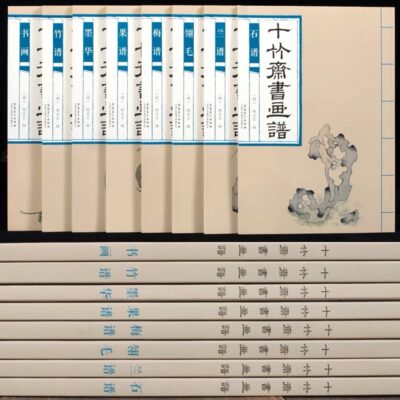 Classic Painting Manual, Shi Zhu Zhai (Set of 8)
Classic Painting Manual, Shi Zhu Zhai (Set of 8) -
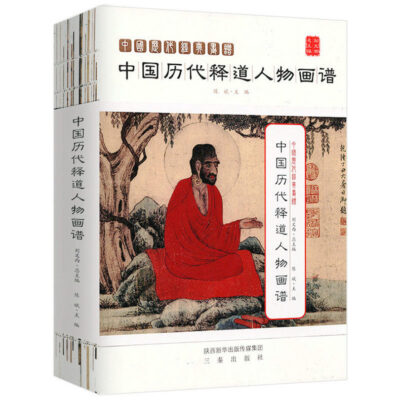 Collection of Classic Painting, Buddhism & Taoism Figures
Collection of Classic Painting, Buddhism & Taoism Figures -
 Collection of Classic Painting, Female Figures
Collection of Classic Painting, Female Figures -
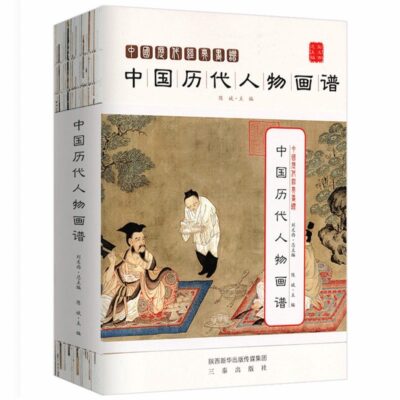 Collection of Classic Painting, Figures
Collection of Classic Painting, Figures -
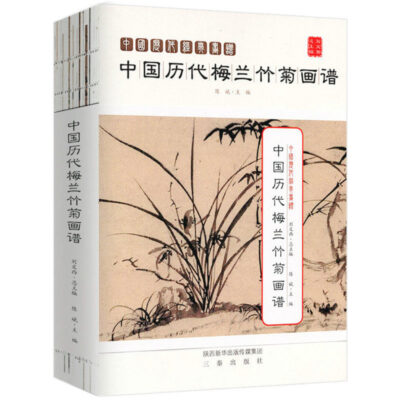 Collection of Classic Painting, Four Gentleman Flowers
Collection of Classic Painting, Four Gentleman Flowers -
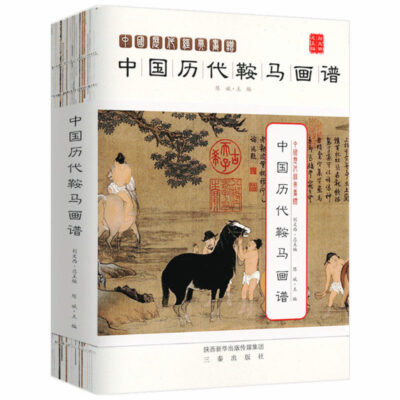 Collection of Classic Painting, Horses
Collection of Classic Painting, Horses -
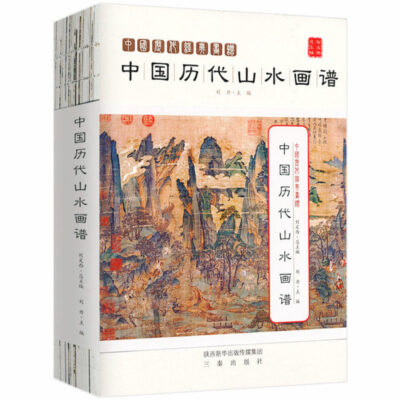 Collection of Classic Painting, Landscape
Collection of Classic Painting, Landscape -
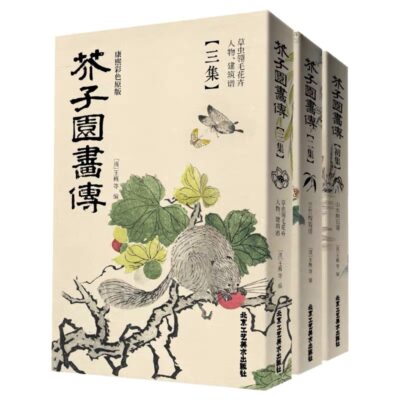 Colored Classic Painting Manual, Jie Zi Yuan
Colored Classic Painting Manual, Jie Zi Yuan -
 Flower & Bird Freehand Paintings by Great Masters
Flower & Bird Freehand Paintings by Great Masters -
 Flower & Bird Freehand Paintings by Wang Xue Tao
Flower & Bird Freehand Paintings by Wang Xue Tao -
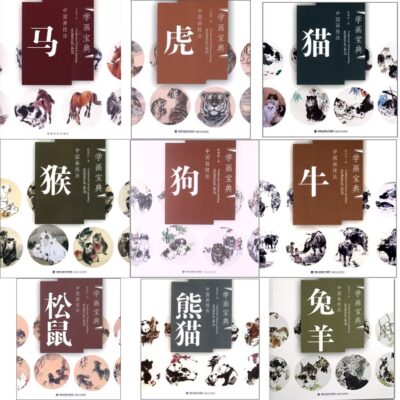 Freehand Painting – Beasts (set of 9)
Freehand Painting – Beasts (set of 9) -
 Freehand Painting – Birds (set of 9)
Freehand Painting – Birds (set of 9) -
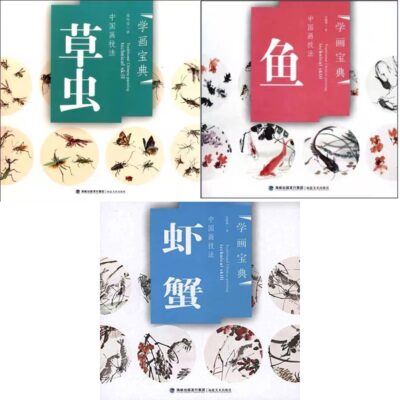 Freehand Painting – Fish, Shrimp, Crabs & Insects (set of 3)
Freehand Painting – Fish, Shrimp, Crabs & Insects (set of 3) -
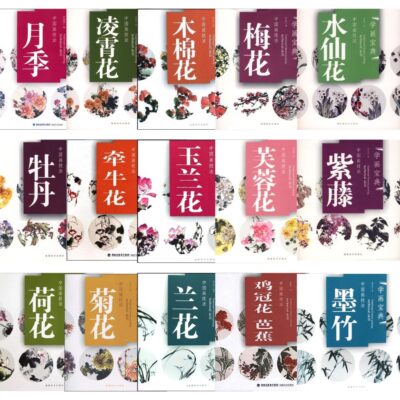 Freehand Painting – Flowers & Bamboo (set of 16)
Freehand Painting – Flowers & Bamboo (set of 16) -
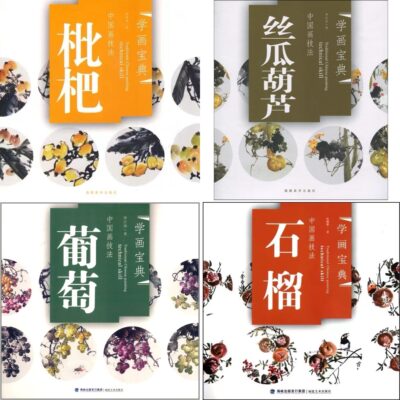 Freehand Painting – Fruits (set of 4)
Freehand Painting – Fruits (set of 4) -
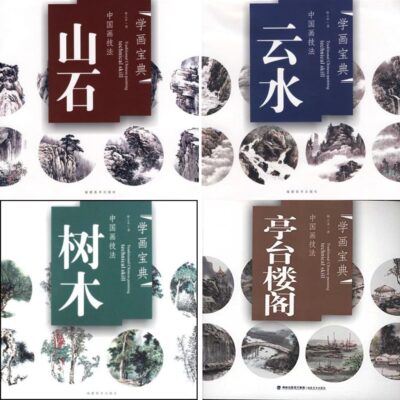 Freehand Painting – Landscape (set of 4)
Freehand Painting – Landscape (set of 4)
Buy Artworks | Learn Brush Painting | Learn Chinese Calligraphy






